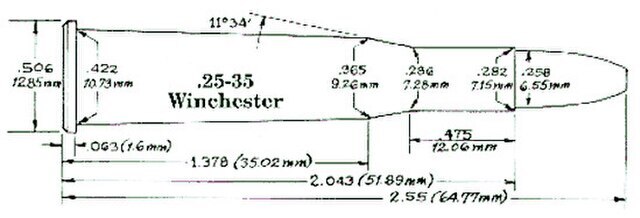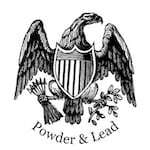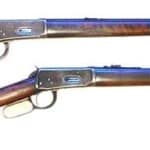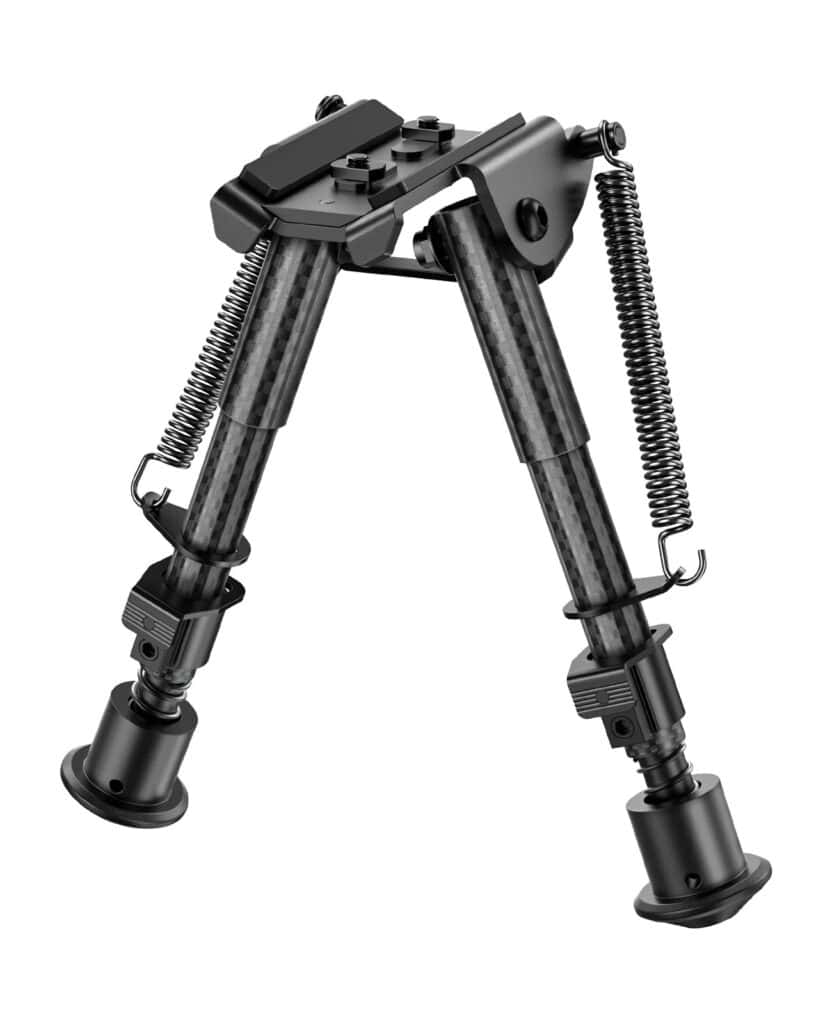
When you hear the words "Winchester cartridge," your mind might instantaneously drift to some of the more popular and storied rounds like the .30-30 or the .45-70 Government. Yet, a certain lesser-known caliber demands attention for its historical significance and enduring utility: the .25-35 Winchester (.25-35 WCF). Despite its more modest reputation, the .25-35 Winchester represents an integral chapter in the annals of American firearms and cartridge history.
Measurements: Cartridge and Bullet Types and Dimensions
Let's start by getting up close and personal with the cartridge's specs. Originally introduced in 1895, the .25-35 Winchester cartridge utilizes a bottlenecked case design based on the .30-30 Winchester case. The parent .30-30 case undergoes necking down to accept a .25 caliber bullet. Typical case dimensions include a base diameter of .422 inches and a neck diameter of .276 inches. The overall length of the cartridge averages around 2.55 inches.
As for bullet types, the most commonly used are soft point, polymer tip, and full metal jacket, with weights generally ranging from 60 to 117 grains. Of course, the lighter bullets are well-suited for varmint hunting, while the heavier options offer deeper penetration for deer-sized game. The bullet diameter is .257 inches, in line with the .25 caliber classification.
Powder Loads
For the handloaders among us, powder loads can range between 20 to 25 grains of popular powders like IMR 3031, H335, or Reloader 15, depending on the bullet weight. These loads typically produce velocities ranging from 2,300 to 2,700 feet per second (fps) out of a 24-inch barrel. Keep in mind that reloading manuals should be your gospel, as always; consult multiple sources to cross-reference data.
A Look Back: The History of the .25-35 Winchester
The genesis of the .25-35 Winchester can be traced back to the late 19th century, a time when America was in a period of westward expansion and industrial development. The Winchester Repeating Arms Company had already carved out its space in the market with the 1894 lever-action rifle. Building upon the success of the .30-30 Winchester, the company looked for opportunities to diversify its offerings. Thus, the .25-35 was birthed as a lighter, lower-recoil option for the 1894 Winchester rifle.
Its timing was fortuitous, as America was flush with game and varmints that suited this cartridge perfectly. Early American hunters saw the merits in a smaller, more manageable caliber for deer, antelope, and even black bear under the right circumstances. The cartridge also saw service abroad, gaining popularity for similar applications in places as far as Africa and Australia.
Performance
While it's certainly not a long-range marvel by modern standards, the .25-35 Winchester has demonstrated admirable performance within its comfort zone of 200 yards or less. Its lighter recoil makes it an excellent choice for younger or more recoil-sensitive shooters. When paired with the right bullet type, it can deliver adequate penetration and wound channels on game up to the size of deer. It has remained a versatile cartridge, excelling in wooded or brushy environments where longer-range capabilities are often unnecessary.
Firearms That Use It
The 1894 Winchester is the most synonymous rifle with the .25-35, but it's not the only game in town. The cartridge has been chambered in a variety of other rifles, such as the Savage Model 99 and even some single-shot Ruger No. 1 models. Though not as ubiquitous as its .30-30 counterpart, the .25-35 enjoys a cult following, which has led to periodic reissues of rifles chambered for this venerable round.
What's Next? What Has Superseded It?
The .25-35 Winchester has been overshadowed by more modern rounds, particularly the .243 Winchester and the 6.5 Creedmoor, which offer superior ballistics and more extensive bullet selections. However, the .25-35 refuses to be relegated to the dustbin of history. In recent years, it has experienced a minor resurgence among handloaders and hunters looking for a touch of nostalgia coupled with legitimate utility.
Current Use
Today, the .25-35 remains a specialized choice for those who appreciate its historical relevance or seek a low-recoil alternative for specific hunting applications. With the advent of improved bullet designs and powders, the .25-35 can still hold its own in the right hands. Whether used for varmint control or chasing whitetails through thick cover, it's a cartridge that's stood the test of time, proving that sometimes, the old ways still have their place.
So there you have it—a comprehensive dive into the .25-35 Winchester, a cartridge that captures the spirit and utility of an era gone by, yet refuses to fade into obscurity. A smaller round with a grand legacy, it's a testament to the enduring allure of simplicity, versatility, and, above all, effectiveness.
Read more about this and other cartridges here:

If you know of any forums or sites that should be referenced on this listing, please let us know here.



